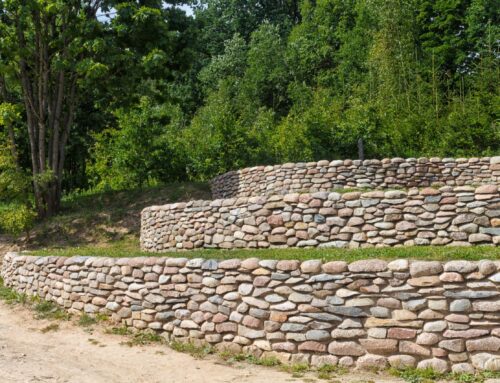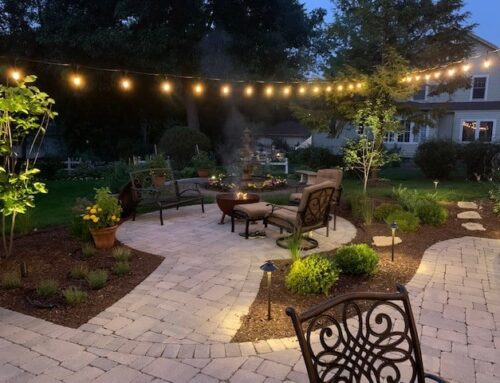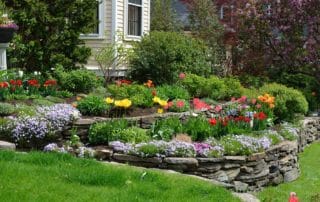It’s me, Winston, again!
I am back to tell you all about some of my favorite plants each month! During the month of January my plant selections are slim due to the cold and snowy weather, but my favorite plant this time of year is the Boxwood. The bunnies like to hide out in the Boxwood so when I run and play in the snow, I like to chase them out. My mom makes sure I stay warm in my sweaters and luckily has not tried to make me wear those funny looking booties. I think it would seriously affect my speed when sprinting after the bunnies! Anyway, enough about the bunnies as I know you are here to learn about Boxwood.

Boxwood, the broadleaf evergreen
Boxwood are a broadleaf evergreen. Evergreen and broadleaf plants retain their foliage all year long. They are important to incorporate into the landscape because they provide it with winter color and structure.There are many species and varieties of Boxwood that have different shapes, sizes, and benefits. Plant a Boxwood as an individual shrub such as a specimen item or create a more formal hedge. My favorite is the Buxus microphylla var. japonica ‘Green Mound’ or commonly known as the Green Mound Boxwood.
Other details about the Green Mound Boxwood:
- Tolerant of pruning and shearing especially for a hedge, but best practice is to prune in late spring after the last frost
- Deer and rabbit tolerant/resistant
- Height and spread are typically 24 to 30 inches. It tolerates maintenance at a smaller size.
- Handles full shade to full sun. Foliage can be more open in the shade, but has higher tendency to experience winter burn in full sun
- Water requirements are medium
- Not as susceptible to winter desiccation as other species or varieties, but location can be a big factor

Desiccation or Winter Burn
Boxwoods can be sensitive to dry wind during winter months. The location of the Boxwood and variety can determine how susceptible it might be to winter desiccation or also known as winter burn. Desiccation is when the tissue of the leaf dries out. If the plant experiences mild desiccation, it can be selectively pruned. Severe desiccation requires the plant to be replaced. This happens during harsh winters and not every season. Products are available to purchase to help prevent the desiccation. The product is called anti-desiccant spray and should be applied on a warm winter day. Deep watering in the fall will also prevent winter burn on the plant. This should be done right before you put the hose away for winter.





